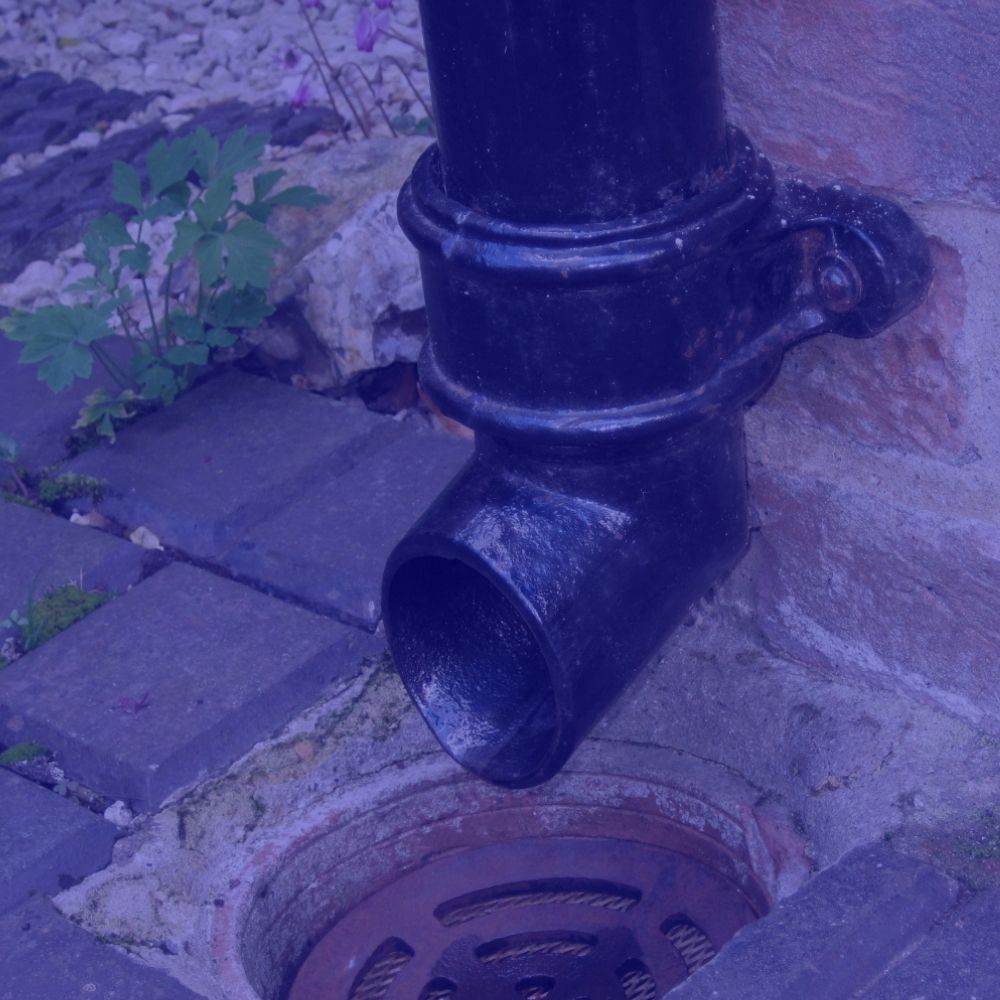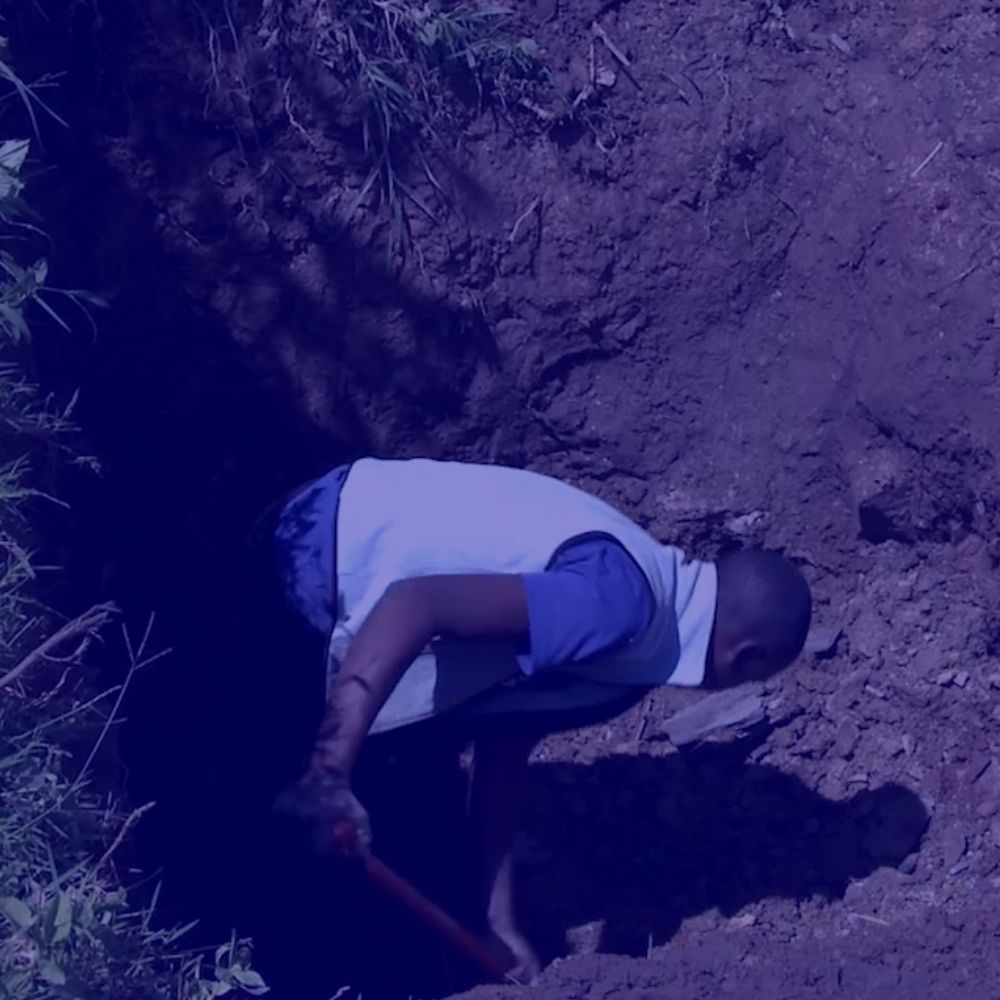Percolation Pits Construction
Percolation pits plays a pivotal role in increasing the ground water table in an area. Every building structure is mandated to have percolation pits of recommended dimension by the civic authorities.
The percolation pits are shallow structures that help the rainwater to permeate through soil strata. Along with percolation trenches they play an important role in ground water recharging. Though they are not as efficient as structures like bore wells, open wells where rainwater can be directly charged to the aquifer, they are still a better choice when compared to wasting the rainwater and letting them into the sewage drain system.
Percolation Pits
How we lay them to recharge your groundwater
OUR MONTHLY NEWSLETTER ON WATER CONSERVATION
Provide us with your email ID to receive regular information on Rainwater Harvesting and Water Conservation.



